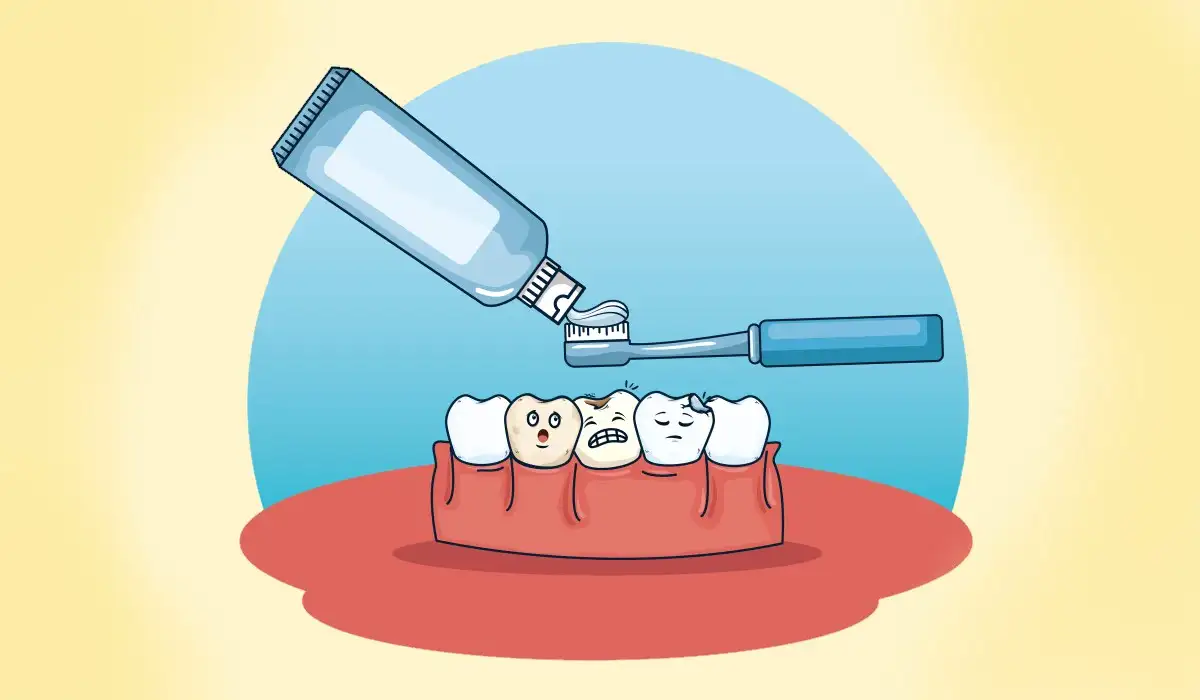On Fluoride Day, celebrated each year on January 25th, we acknowledge the significant contribution fluoride makes in preserving dental health and warding off cavities. This global observance is dedicated to raising awareness about the importance of fluoride, where we can find it, how to consume it safely, and the possible issues that can arise from a lack of fluoride.
Beyond just promoting good oral health care habits, Fluoride Day also stresses the necessity for consistent dental visits.
History of Fluoride Day
Fluoride’s journey into toothpaste began in the early 20th century. Its importance in the prevention of tooth decay was first discovered in early 20th-century Colorado by Dr. Frederick McKay, who noticed a strange brown staining (known as “Colorado Brown Stain”) on many of the residents’ teeth. He also noticed that despite the staining, these individuals had remarkably low levels of tooth decay.
This led to a study conducted by McKay and Dr. Green Vardiman Black in the 1930s, who found that fluorosis (caused by exposure to high concentrations of fluoride), while providing discolouration, also resulted in a high resistance to dental caries (tooth decay).
Recognizing the potential benefits of fluoride in preventing tooth decay, the researchers conducted a series of tests in the mid-1940s in Grand Rapids, Michigan. They added fluoride to the public water system and observed the dental health of children born after fluoride was added. Results indicated a significant drop in tooth decay.
This revolutionary discovery led to the large-scale fluoridation of public water supplies and the introduction of fluoride in toothpaste.
Procter & Gamble’s Crest was one of the pioneers in this area. Released in 1955, it became the first toothpaste with clinical proof to claim it “reduced cavities”. The toothpaste was also the first product to be endorsed by the American Dental Association (ADA), the leading source of oral health-related information.
Fast-forward to today, most toothpastes now contain fluoride, and it continues to be a major contributing factor in the large decline in cavities worldwide since World War II.
Fluoride Day Timeline
First Commercially Produced Toothpaste
Colgate launches the first commercially prepared toothpaste, an aromatic toothpaste sold in jars.
Fluoride Usage in Dental Products
Dental products using fluoride were introduced after discovering it significantly decreased dental cavities.
First Fluoride in Drinking Water
Grand Rapid City in Michigan, USA started fluoridating public water supplies to reduce tooth decay.
'Universal Use' Recommendation by CDC
The Centers for Disease Control and Prevention (CDC) reports that fluoride in water is one of the ten great public health achievements of the 20th century.
International Fluoride Day
International Fluoride Day to promote dental health through the use of fluoride.
Ideas to Celebrate Fluoride Day
Fluoride Awareness Seminar
Plan a gathering where healthcare experts can share their knowledge about fluoride's crucial role in dental health and debunk any misconceptions related to its use.
Know Your Toothpaste Day
Involving households in an interactive event aimed at understanding the difference between various toothpastes and their fluoride concentrations. It can incorporate a mini-workshop on comprehending toothpaste labels for fluoride specifics.
Dental Hygiene Poster Making Contest
Organize a poster competition for children about fluoride and dental cleanliness. The best posters can be used to promote fluoride consciousness at community centres and schools.
Fluoride Infographics Contest
Challenge students or aspiring graphic designers to create infographics that represent the significance of fluoride in preserving oral health and its various sources.
7 Interesting Facts About Fluoride
Fluoride Discovery
The advantages of fluoride for dental health were unearthed in the early 1900s. Dentists found a link between reduced cavities and the consumption of water naturally laced with fluoride.
An Active Ingredient
Fluoride is more than just a component found in toothpaste - it plays the pivotal role. Its actions effectively safeguard your teeth.
Natural occurrence
Fluoride isn't an artificial substance crafted vying for dental health. Mother Nature herself provides it and it exists in substantial quantities in the environment and Earth's crust.
Enemy of Tooth Decay
What sets Fluoride apart is its potential to fortify the structure of the tooth, enabling it to withstand decay. This is achieved by fostering remineralization, a process in which lost minerals are replenished during the early stages of tooth decay.
Different Types of Fluoride
A variety of fluoride types are utilized in toothpaste - sodium fluoride, stannous fluoride, and monofluorophosphate, to name a few. Each has a unique way of defending your teeth and offering additional secondary benefits or potential drawbacks.
Fluoride in Drinking Water
In some places, fluoride is also infused into public water systems, a measure designed to boost dental health among the population. This initiative took off in America around the middle of the 20th century.
Too Much of a Good Thing
While fluoride has its benefits, excess consumption, especially in younger children, can result in dental fluorosis. This can manifest as white streaks or patches on the teeth.
Fluoride Day FAQs
Next Fluoride Day Dates
| Year | Date | Day |
|---|---|---|
| 2023 | January 25th | Wednesday |
| 2024 | January 25th | Thursday |
| 2025 | January 25th | Saturday |
| 2026 | January 25th | Sunday |
| 2027 | January 25th | Monday |
| What is the pattern? | Every January 25th | |
Fluoride Day Word Search
- Fluoride
- Toothpaste
- Preventive
- Teeth
- Brush
- Dental
